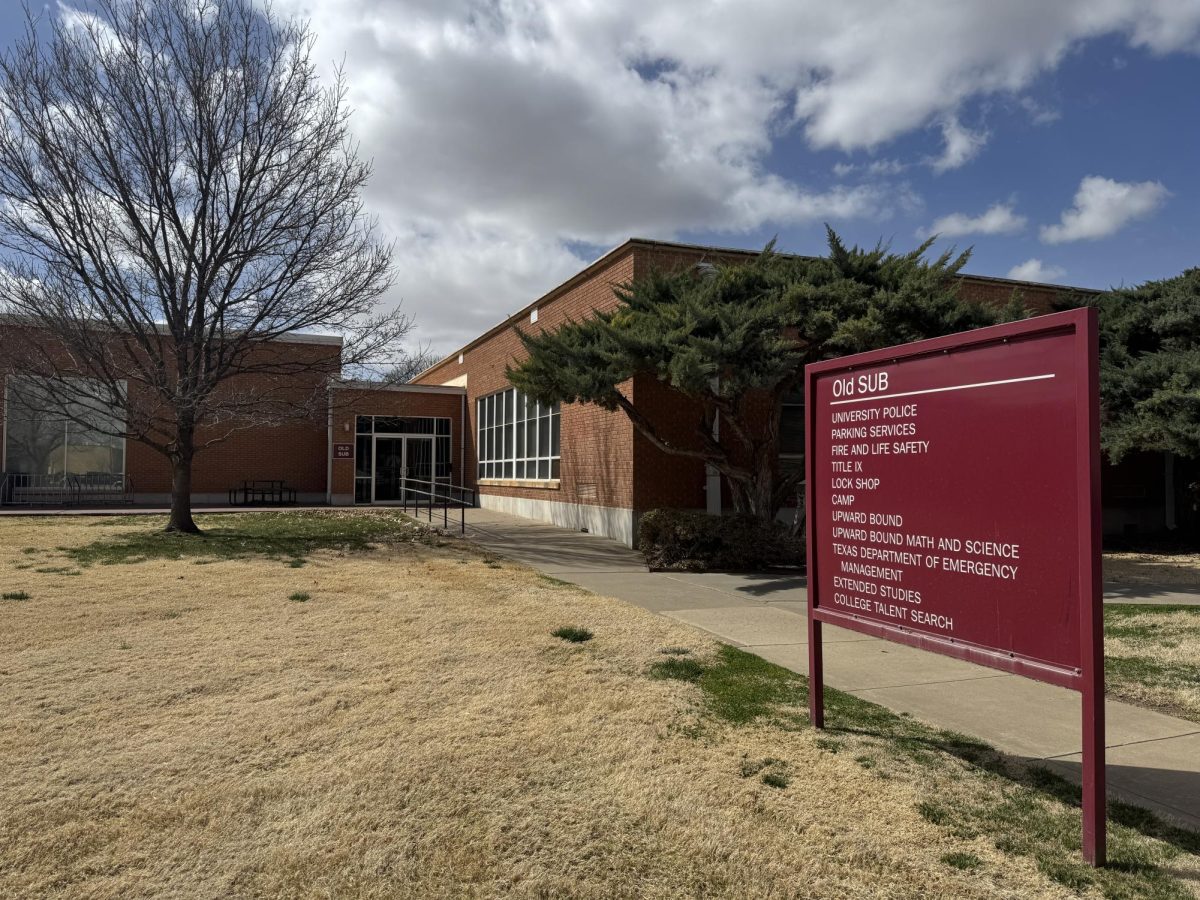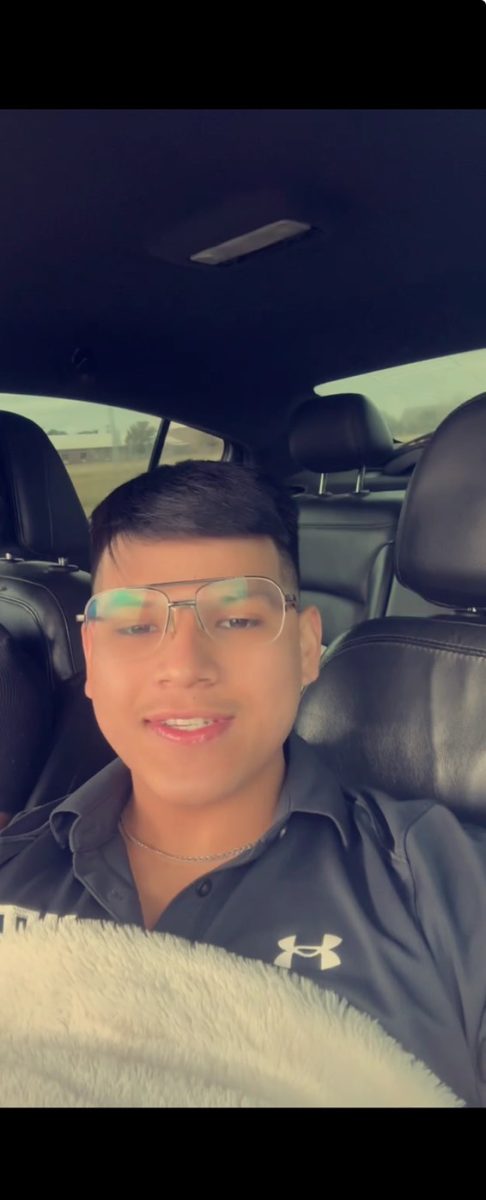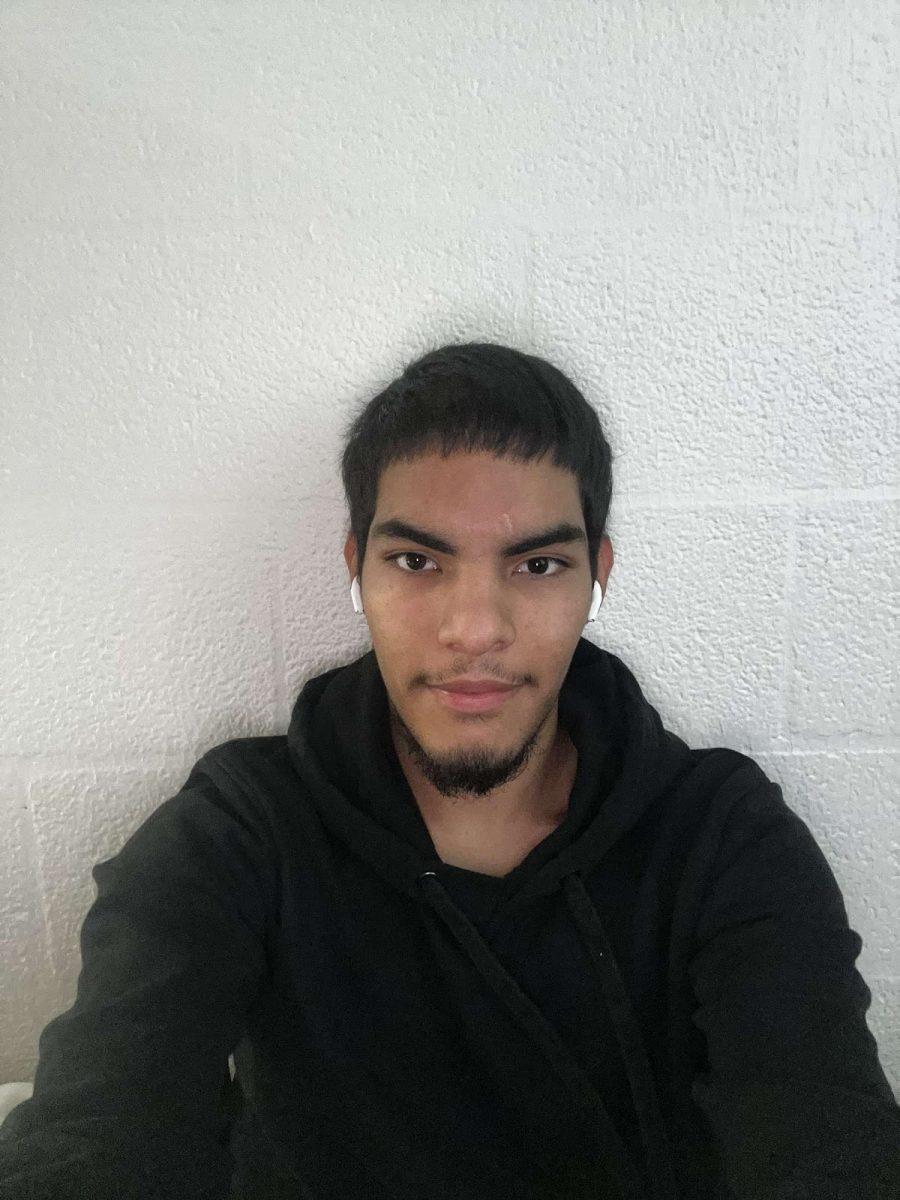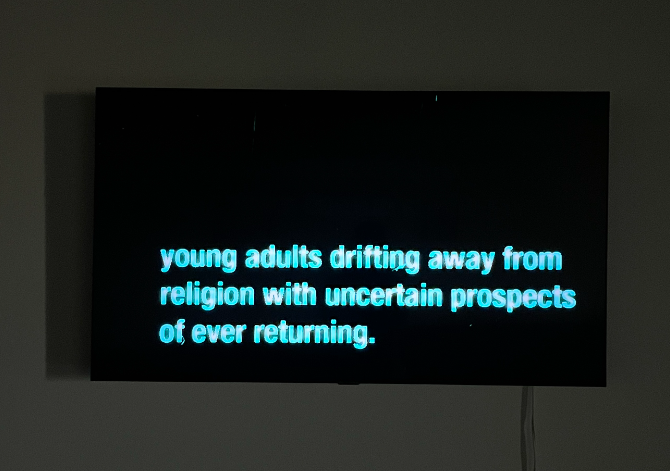Las secciones de orientación estudiantil de la universidad de West Texas A&M tendrán un nuevo formato bilingüe a partir de este 2024. Una de las decisiones que desencadenaron esta decisión fue la baja asistencia a las secciones en español.
“Desde aproximadamente 2015, hemos tenido una estructura similar en la que seleccionamos algunas de nuestras sesiones y ofrecemos sesiones para huéspedes de habla hispana al mismo tiempo,” Subdirectora de Orientación para Nuevos Estudiantes y Transferencias de WT Amanda Lawson dijo. “Y realmente, la asistencia a esas sesiones no ha sido muy buena.”
Uno de los factores que contribuyó a la baja asistencia en las secciones en español fue que los hispanohablantes optaban por quedarse en las sesiones en inglés.
“Incluso cuando tenemos familias que hablan español, el año pasado notamos que muchas de ellas optaron por quedarse en las sesiones en inglés,” Lawson dijo. “El contenido era exactamente el mismo en ambos lados, pero los asistentes hispanohablantes sentían que les faltaba algo si iban a la sesión en español en lugar de quedarse en la presentación más grande.”
Esto llevó a replantear el formato para poder servir de una mejor manera a la comunidad hispanohablante.
“Así que nos reunimos con diferentes personas que ayudan con esas orientaciones que hablan español,” Lawson dijo, “para elaborar un plan primero, haciendo algunos cambios para servir mejor. Tenemos muchos miembros de familias de habla hispana. Queremos servirlos lo mejor posible. Y así que decidimos crear una fórmula o un formato que funcionara para todos nosotros, para que no importara cuándo vinieran, hubiera algo disponible para ellos.”
Lawson indica que el nuevo formato contará con todos los materiales de las presentaciones en español.
“Decidimos que íbamos a traducir todos los materiales al español para tenerlos disponibles en todas nuestras sesiones,” Lawson dijo. “Así que esos miembros de familia hispanohablantes, tendrán un paquete de la presentación traducida. Todo nuestro material, horario, presentaciones, la Guía para Familias con Preguntas y Respuestas estarán disponibles en español, así como en nuestro sitio web, en español.”
En todos las secciones habrá estudiantes bilingües para asistir a asistentes hispanohablantes.
“Tendremos estudiantes o personal de habla hispana disponibles en todas las sesiones para ayudar a responder preguntas o simplemente para hablar con ellos si tienen preguntas aparte,” Lawson dijo. “Haremos anuncios durante el día, en español, que tenemos a nuestros hablantes de español allí para ayudarlos.”
Lawson habla sobre lo importante que son las orientaciones para estudiantes de primera generación.
“Somos una Institución de Servicio Hispano (HSI) y tenemos una gran cantidad de estudiantes de primera generación,” Lawson dijo. “Y así que queremos apoyarlos, específicamente, si no tuvieron la oportunidad de ir a la universidad, o no entienden algunas de los términos técnicos que estamos hablando.”
Finalmente, Lawson da sus conclusiones sobre este nuevo formato en las orientaciones en español.
“Creo que siempre estamos buscando formas de mejorar,” Lawson dijo. “Es una institución en crecimiento. Así que este es un nuevo formato. Lo intentaremos este año y veremos si sirve.”
Student Orientation 2.0: The New Strategy to Impact the Spanish-Speaking Community
Student orientation at West Texas A&M University will shift to a more bilingual format starting in 2024. One of the decisions that triggered this change was the low attendance at sessions in Spanish.
“Since around 2015, we have had a similar structure where we select some of our sessions and offer sessions for Spanish-speaking guests at the same time,” said Amanda Lawson, assistant director of orientation for new students and transfers at WT. “And really, attendance at those sessions has not been very good.”
One of the factors contributing to low attendance in Spanish sessions was that Spanish speakers chose to stay in English sessions.
“Even when we have Spanish-speaking families, last year we noticed that many of them chose to stay in English sessions,” Lawson said. “The content was exactly the same on both sides, but Spanish-speaking attendees felt they were missing something if they attended the session in Spanish instead of staying in the larger presentation.”
This led to rethinking the format to better serve the Spanish-speaking community.
“So we met with different people who help with those orientations and who speak Spanish,” Lawson said, “to first develop a plan, making some changes to better serve. We have many Spanish-speaking family members. We want to serve them as best we can. And so we decided to create a formula or a format that would work for all of us, so that no matter when they came, there would be something available to them.”
Lawson indicated that the new format will include all materials from the presentations in Spanish.
“We decided that we were going to translate all the materials into Spanish to have them available in all our sessions,” Lawson said. “So those Spanish-speaking family members will have a package of the translated presentation. All our material, schedule, presentations, the Guide for Families with Questions and Answers will be available in Spanish, as well as on our website, in Spanish.”
In all sections, there will be bilingual students to assist Spanish-speaking attendees.
“We will have Spanish-speaking students or staff available at all sessions to help answer questions or just to talk to them if they have separate questions,” Lawson said. “We will make announcements throughout the day, in Spanish, that we have our Spanish speakers there to help them.”
Lawson spoke about how important orientations are for first-generation students.
“We are a Hispanic Serving Institution (HSI) and we have a large number of first-generation students,” Lawson said. “And so we want to support them, especially if they did not have the opportunity to go to college, or do not understand some of the technical terms we are talking about.”
Finally, Lawson gave her conclusion about this new format in Spanish orientations.
“I think we are always looking for ways to improve. It is a growing institution. So this is a new format. We’ll try it this year and see if it works,” Lawson said.





















